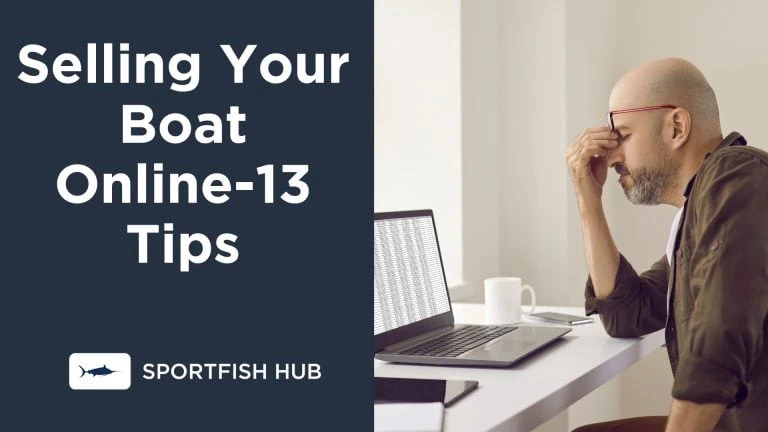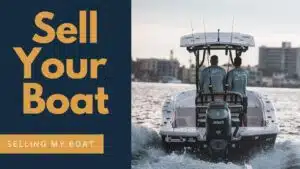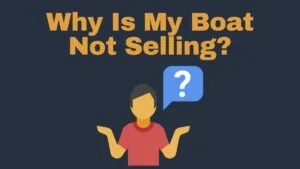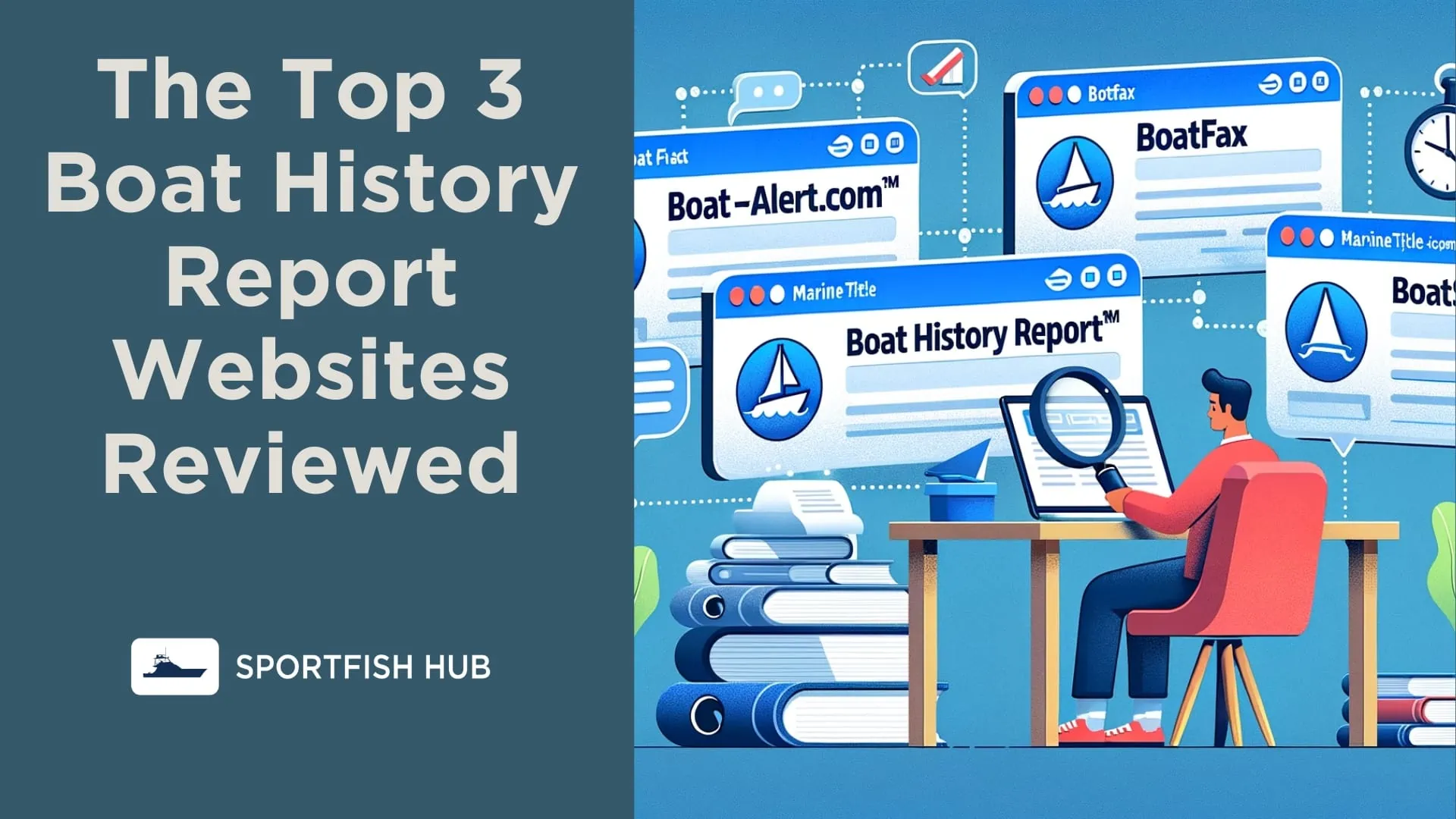In the age of digital transactions, selling a boat online has become the new norm. However, the process can be as vast and unpredictable as the sea itself. But fear not! This comprehensive guide is here to help you navigate the digital seas and make your boat-selling journey smooth sailing.
You might also be interested in reading: Boat Price Trends
Table of Contents
- 1. Prioritizing Safety
- 2. Choosing a Payment Method
- 3. Deciding What’s Included
- 4. Creating a Detailed Listing
- 5. Setting the Right Price
- 6. Taking Quality Photos
- 7. Ensuring a Smooth Transaction
- 8. Making Necessary Repairs
- 9. Choosing the Right Platform
- 10. Being Prepared for Setbacks
- 11. Preparing the Necessary Paperwork
- 12. Utilizing Social Media
- 13. Being Responsive
- Conclusion
1. Prioritizing Safety
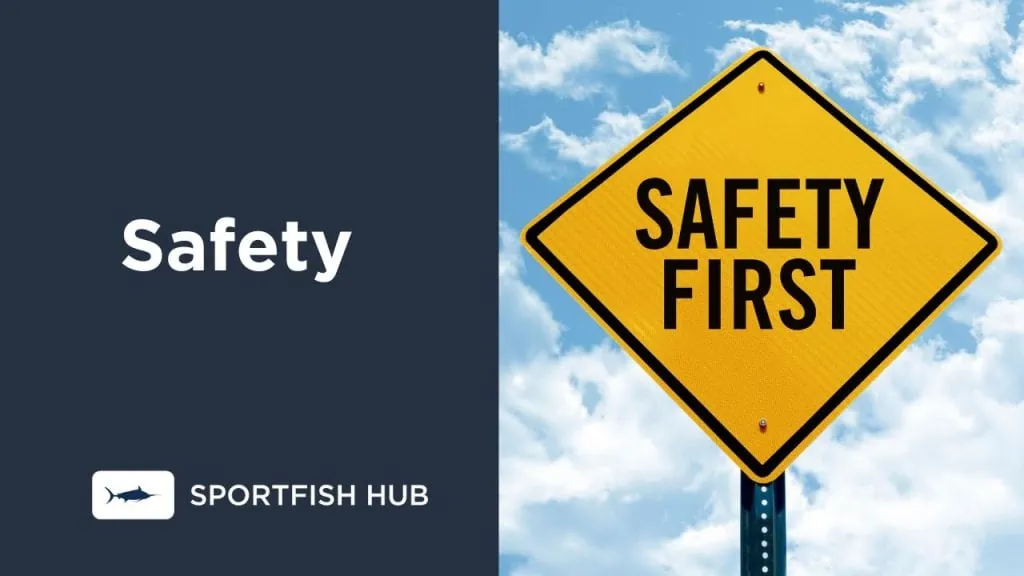
When selling a boat online, you could be dealing with ANYONE, so it’s important to prioritize your safety. Here are some safety tips to consider:
- Don’t provide any personal information.
- Communicate only through the listing service dashboard when possible.
- Meet buyers in a public, crowded place away from your home.
- Consider bringing a friend along for safety.
2. Choosing a Payment Method
For transactions, cash is usually the best option. However, for larger transactions, you might consider other methods:
- Accept a cashier’s check, but only deliver the boat once the check has cleared.
- Consider using a secure payment platform that protects both buyer and seller, such as Pay Pal or Venmo.
3. Deciding What’s Included

It’s important to list what items will be included with the boat clearly. Here are some items you might consider:
- Anchors
- PFDs
- Paddles
- Other equipment
Including these items can be a helpful inducement to potential buyers.
4. Creating a Detailed Listing
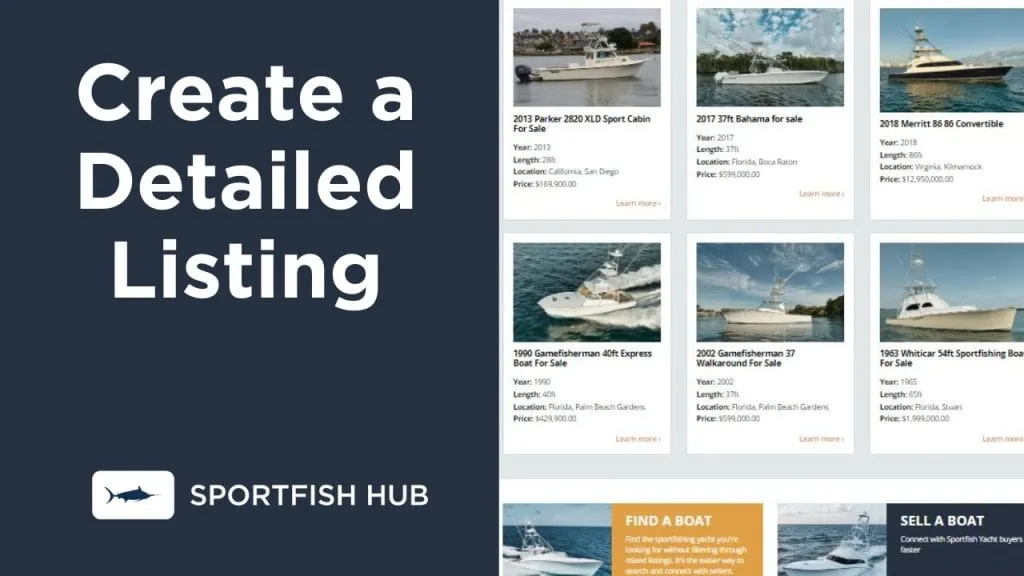
When selling a boat online, your listing should be as descriptive as possible. Here are some details you might include:
- The boat’s condition
- Features of the boat
- History of the boat
- Any other information a buyer might want to know
The more information you provide, the fewer questions you’ll receive from potential buyers.
5. Setting the Right Price
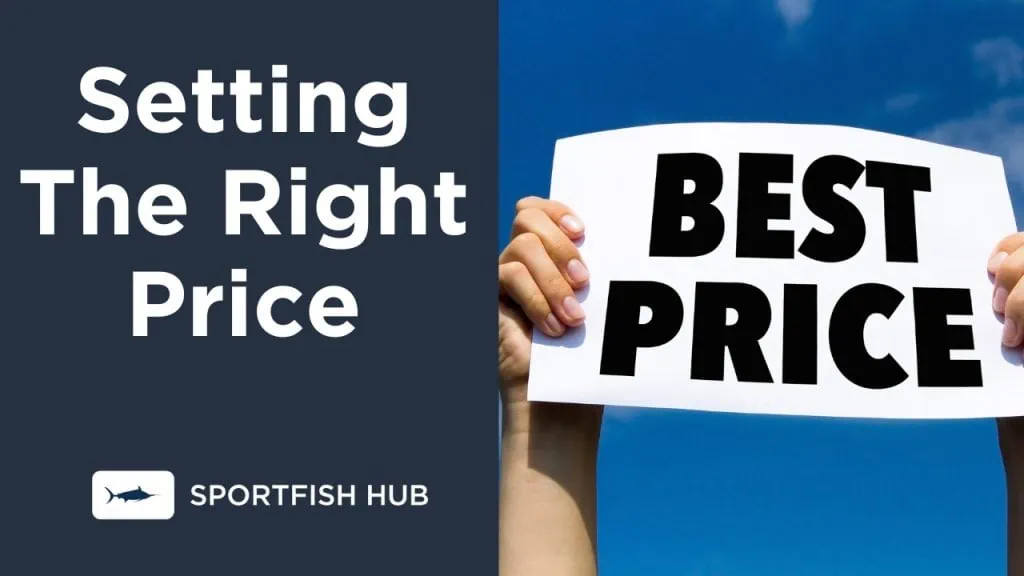
Pricing can be a challenging aspect of selling a boat. Here are some tips for setting the right price:
- Conduct thorough research.
- Check resources like the NADA Boats Guide.
- Consult with local boat dealers or marine service centers.
- Compare prices online.
This will help you set a competitive and fair price for your boat.
6. Taking Quality Photos

Photos are a crucial part of your online listing. Here are some tips for taking good photos:
- Take clear, focused photos.
- Capture every angle of the boat.
- Highlight every important feature.
- Use good lighting to make the boat look appealing.
- Do not take photos around other boats; people’s attention will be distracted.
The more photos you provide, the better potential buyers can evaluate the boat.
7. Ensuring a Smooth Transaction
When selling a boat online, remember that potential buyers will want to inspect and possibly test the boat before purchasing. Here are some tips to ensure a smooth transaction:
- Clean the boat thoroughly.
- Make necessary repairs.
- Have all the relevant paperwork ready.
8. Making Necessary Repairs
Before listing your boat for sale, ensure it’s in presentable condition. Here are some tips:
- Fix any issues that are reasonable to address.
- Clean the boat thoroughly.
- If necessary, consider getting a professional detailing service.
This not only makes your boat more appealing but also shows potential buyers that you’ve taken good care of it.
9. Choosing the Right Platform
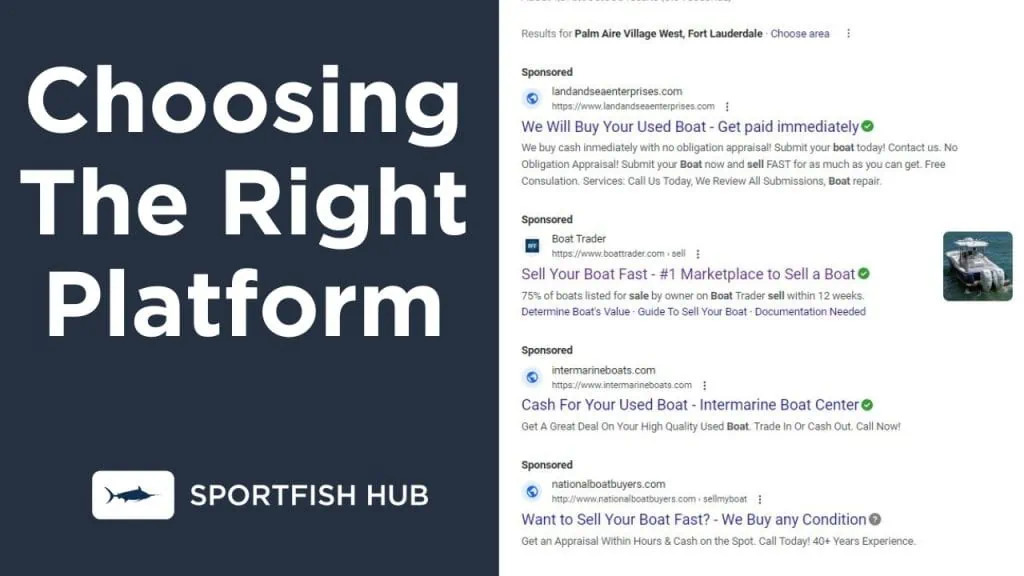
There isn’t necessarily one best place to sell a boat online. Here are some options:
- Craigslist
- Facebook Marketplace
- eBay
- OfferUp
- Boat Trader/Boats.com
Each platform has its pros and cons, so it’s important to research and choose the one that best suits your needs.
See also: How to Sell Your Boat Privately
10. Being Prepared for Setbacks
Selling a boat online can come with its share of challenges. Here are some tips to handle setbacks:
- Be patient.
- Make it clear that your offer is first-come, first-served.
- Don’t get discouraged by no-shows, no-followups, and no-responses.
11. Preparing the Necessary Paperwork
Having the necessary paperwork ready is crucial. Here are some documents you might need:
- The title, if your state issues such.
- Registration documents.
- Maintenance records.
A clear title without a lien is essential when selling a boat. This not only protects you but also reassures the buyer that they’re making a legitimate purchase.
12. Utilizing Social Media

Don’t underestimate the power of social media in selling your boat. Here are some tips:
- Post pictures of your boat on platforms like Instagram, Twitter, and Facebook.
- Share the listing link to your network.
- Use relevant hashtags to reach a wider audience.
- Don’t forget about online forums like “The Hull Truth”.
13. Being Responsive

Potential buyers may have questions or need additional information about your boat. Here are some tips to be responsive:
- Provide the necessary information promptly.
- Be polite and professional in your communication.
- Keep track of all inquiries and respond in a timely manner.
By following these tips, you can navigate the process of selling a boat online with confidence and success. Happy selling!
Conclusion
Successfully selling a boat online requires patience, a certain level of marketing skills, and careful attention to detail.
By presenting your boat in the best light, setting a fair price, and optimizing your listings for max visibility, you can attract more potential buyers and negotiate a deal that suits both parties. Remember, each boat and every buyer is unique; adapt your strategy to match.

